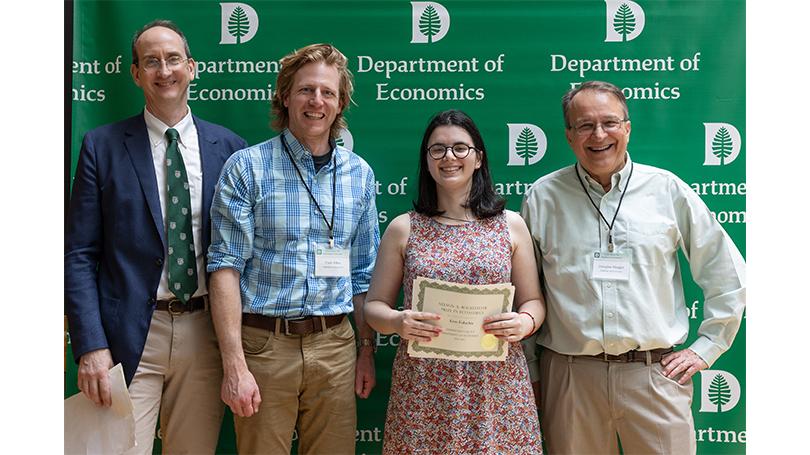Abstract: In this research paper, I study the impact of insurance coverage on mental health diagnoses rates across the United States. As the mental health crisis worsens across the USA, the efficacy of policy solutions, such as insurance coverage expansion, has increasingly been championed and scrutinized (Center on Budget and Policy Priorities, 2021; NPR, 2023; Vox, 2023). Using instrumental variables and difference-in-differences methodologies, I examine how insurance coverage, through the instrument of Affordable Care Act (ACA) Medicaid expansion, affects mental health diagnoses rates in U.S. states across four primary categories: 1. Stress, anxiety, and depression-related disorders, 2. Conduct-related disorders, 3. Personality-related disorders, and 4. Other disorders. In particular, I leverage the Substance Abuse and Mental Health Services Administration (SAMHSA)'s Mental Health-Client Level Data (MH-CLD) and the Census Bureau's American Community Survey (ACS) to evaluate the relationship between
insurance coverage and mental health diagnoses. Although there is suggestive evidence that a rise in insurance coverage is associated with a rise in mental health diagnoses, the results are too imprecise to support a definitive relationship. These findings highlight the need for further scholarship on the vital role of insurance coverage in providing access to mental health diagnoses, and thus treatment.




